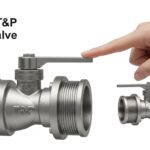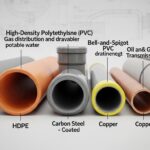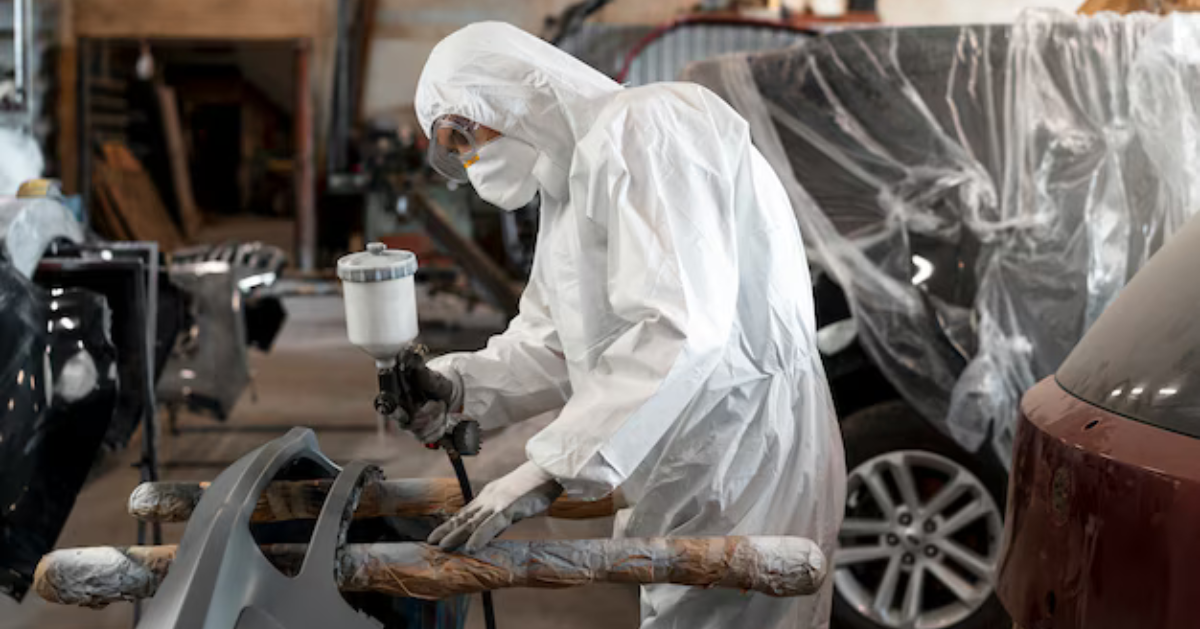Amanda McCavour is a Toronto-based artist who makes drawings, installations and embroideries. Amanda uses thread as a mechanism for creating delicate three-dimensional “drawings” that explore the connections between textiles and the body. In this article, Adriana investigates her enigmatic embroidery process, her transition in and our of academia, and how it effects her artistic process.
Amanda McCavour’s embroidered installations beg the question: “Hooowww?” Her installations poetically re-engage the viewer with their surroundings by transposing physical objects to a flattened thread “drawing” of sorts that lies somewhere between the tangible and the imagined. Coming from a background in drawing, Amanda has developed a unique fiber art practice in which she uses a sewing machine to draw layers of thread, moving from light to dark, and giving the thread enough structure to hold together.
How did you make the jump from drawing to fiber? What attracted you to thread?
My interest in embroidery stems from an interest in line and drawing. I am interested and excited by the potential thread has to create both readable images and abstract images. […] I have always loved drawing and when thinking about line in it’s simplest sense, as line, I began to think about how threaded line is interesting because it appears flat but it is actually a sculptural line. I also thought that it would be interesting to make a piece, a drawing that could exist only out of threaded or sewn line and that’s where my research began.
I thought that thread was a fitting material when speaking about the body and its temporality. There’s a delicacy to the body that I felt connected with thread as a material. I was drawn to thread and its relationship to the body as well, how we know textiles through touch, how connected cloth is to the skin. I was also interested in how these thread pieces appeared so fragile and just about to unravel, I thought that this connected with the body as well, how temporary and fragile we are.
My work has since moved beyond the body, to temporary spaces that bodies occupy, and toward more playful exercises and experiments.
Could you give us a walk-through of what your process looks like from concept to execution?
Every project is different but for pieces like the Living Room, Hands or the Ice Crystals, I usually start with photographs or source images. I find these images in a variety of ways depending on the project. Sometimes I’m looking through personal photos or tracking down old roommates so I can take pictures of the furniture they took with them from our shared living spaces for pieces like the Living Room. Sometimes i’m doing google searches for plants or minerals, or going for walks outside or even museums to find sources. Last winter I went to the Natural History Museum in Washington, DC and saw lots of amazing minerals there which ended up being great sources that I would like to use in the future.
From this collecting phase I usually move to sketches. I like to draw on mylar a lot and this allows me to layer drawings to see what they might look like if they overlap. The transparency of this surface allows for some flexibility when I draw. From this point, I try to finalize a design – to pair down drawings.
Now it’s time to start sewing. I usually start with a layer of white thread that acts as a base for the thread drawing. Usually my work is installed in white gallery spaces so this layer almost disappears. This white layer covers the whole object that is being drawn. After I have a good base layer of intersecting lines, I then move to the lightest colour in the object and map out where those areas will be. At this stage the drawing starts to look like a paint-by-numbers or a topographical map. Then I do the same thing moving to a medium and then a dark shade. When there is enough thread to hold the work together I then dissolve the piece in warm water making sure I don’t move it around too much. This is the most exciting part for me, immersing the work in water.
I do – I like to do workshops in conjunction with gallery shows to share some of the process of making with Sulky Solvy. It’s such an exciting material and I think that there is so much potential for interesting uses. I also think it’s interesting to do show people how things are done and then return to the exhibition together. I think that you look at things in a different way knowing how the process is made.Where do you find inspiration to make the things you make?
All around. I think that inspiration comes from many different places. So it is hard to say! I am getting more and more interested in the ways that different plants grow so often just going for walks gets me excited about ideas and making.
This change happened very early on in my time at Tyler School of Art. I had started to make an embroidery project and had shown the head of the Fibers and Material Studies program – C. Pazia Manella. She asked me how long it would take me to complete this project. I told her that it would take a couple of months. She went on to say that there would be some value to working faster- moving through ideas and sharing those ideas on a weekly or monthly basis instead of setting myself up for months at a time on one specific thing. There is so much critique and feedback at grad school, using the embroidery process would have limited some of that feedback. From this point in my studio Manella encouraged me to try out different things and break out of my habits. She said that making art doesn’t have to be comfortable.From here Pazia’s sentiment was backed up from lots of other professors that came into my studio. Some playful exercises were suggested like making one work each day for 10 days. Some interesting contrasts were established between the embroidery work and the newer grad school work things like slow vs fast, tight vs messy, frontal vs sculptural and so on.
Now that you’re fresh out of grad school, how is the transition treating you? What challenges have you faced in and out of academia?
The transition can be quite challenging- it feels bizarre at points. I think for me this is because I invested so much time and energy into school and teaching for 2 years and then this major part of your life just ends abruptly when you graduate. All of the pressures are gone (which is great) but then all of the pressures are gone (which is so confusing!). I moved back to my home city of Toronto after graduation so that was another big transition that had my head spinning a bit. And then there are things that I didn’t have to think about as much when I was in school like jobs and money. That hits hard.What’s been good for me is that I have just kept making. I’ve had a lot of exhibitions to work towards right after school and although I really wanted a break, these deadlines have kept me working and have forced me to get my studio set up and in working order in good time and have kind of kept the ball rolling. I think that this momentum has been important to me. But it’s difficult because you feel exhausted after school and you really just want a break.Being in grad school is like being in a bubble for a bit and it took me a couple months to adjust to life outside of that bubble. It has also been an interesting time post-school because I feel as though I am still digesting what was said in school and what happened. You move through things so fast and get working at such a pace that there were so many things that were said in critiques and studio visits that I’m still thinking about those things- what they mean now, how they fit and now that I have some space from the work I can see things a bit differently.
Another challenge for me is thinking about how the work I did in grad school and the work that I did before school relate. They are both ways of working with line in space but in some ways they seem quite separate. I think a challenge I will have now is figuring out how these bodies of work relate.
Where can people see your work in person?
You can see my work at the Comox Valley Art Gallery in Courtenay BC from March 14th to April 18th where I’ll be putting together an installation of Bloom forms in the window space and within the gallery. Using thousands of small modular sculptural elements to create a faux ecosystem, the bloom forms will be used as a way of examining reactive and adaptive strategies. This imagined ecosystem will be shaped my imaginings of how nutrient cycles, energy flows and topologies might affect these blooming forms. You can also see my work at the Craft Council of British Columbia Art Gallery in Vancouver BC in a solo exhibition called “Testing, Testing-123” from March 26th to May 7th. This exhibition will be a process-based installation as a result of play, mistakes, patterns and colours manifested while exploring ideas of around growth and natural vs artificial – incorporating thread-based pieces reflecting small imagined ecosystems with those that have their own internal logic.










